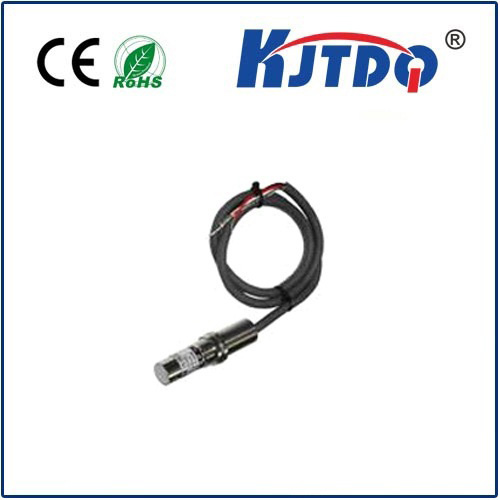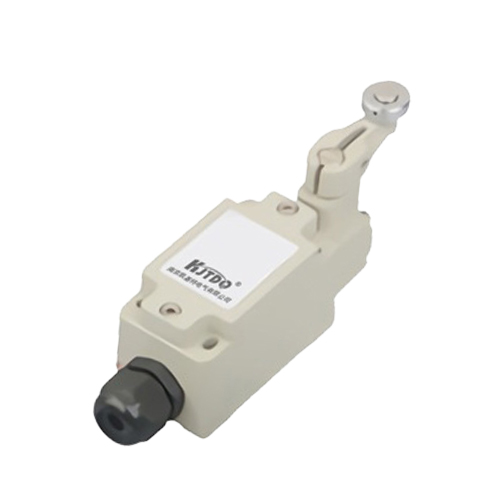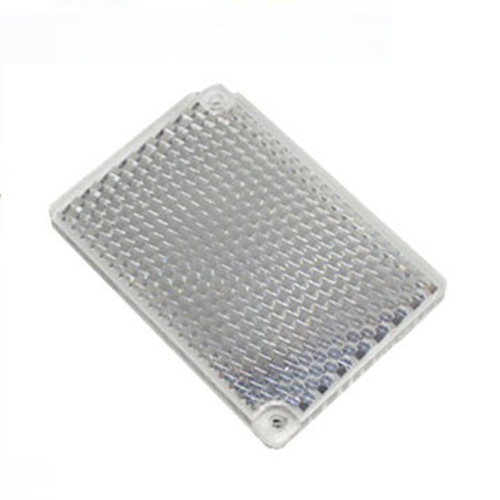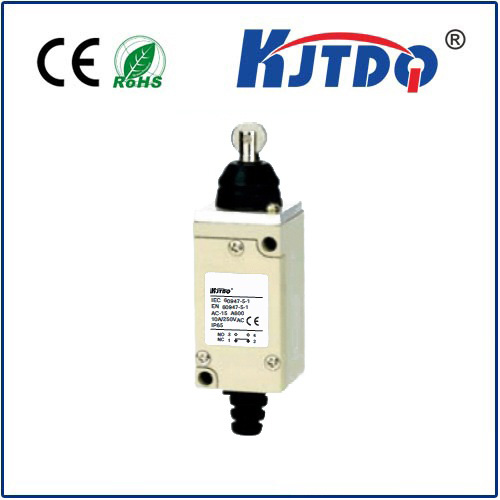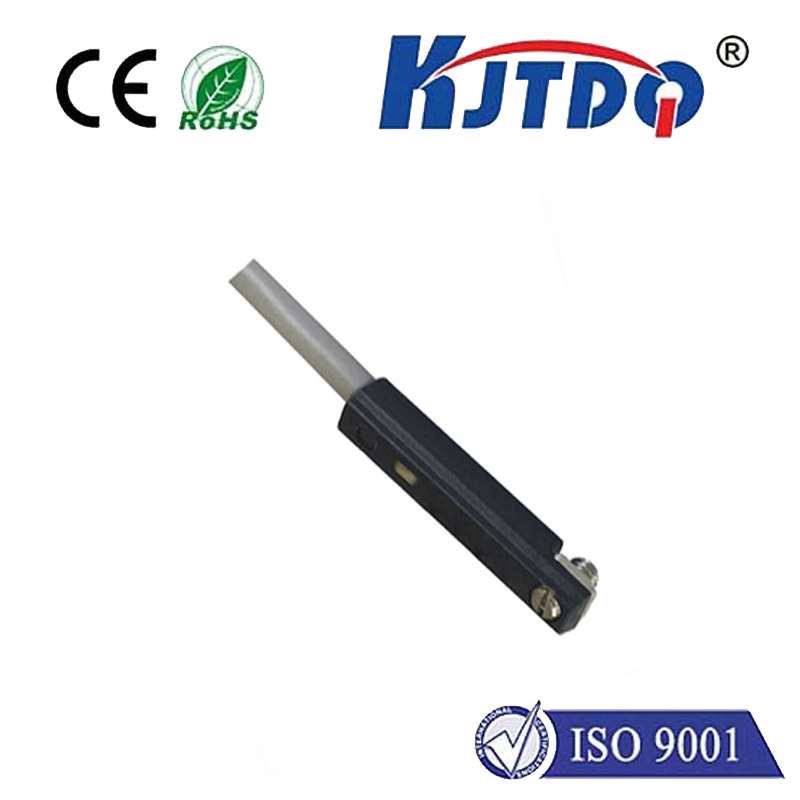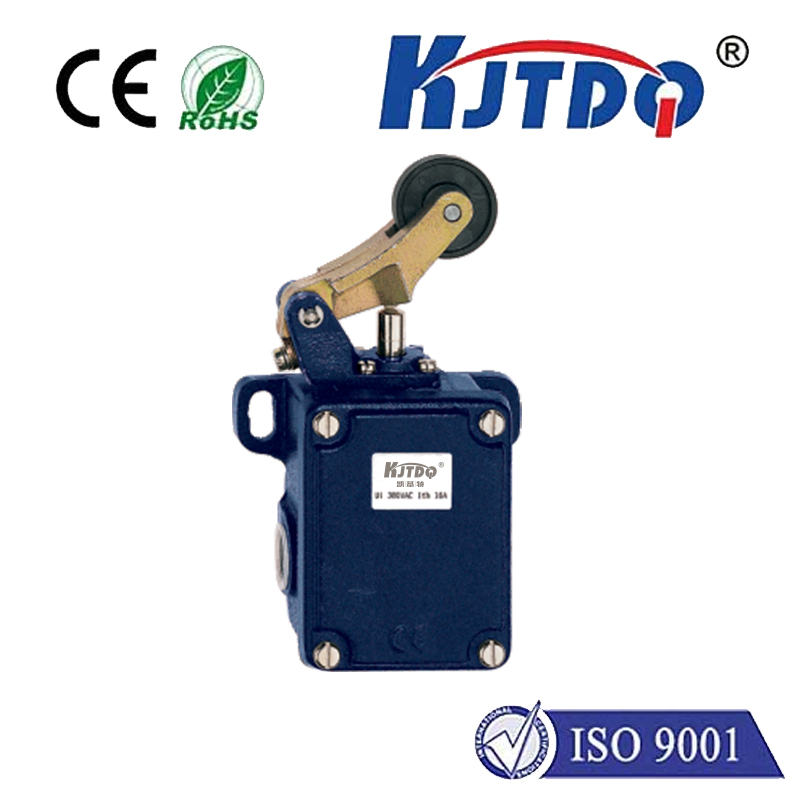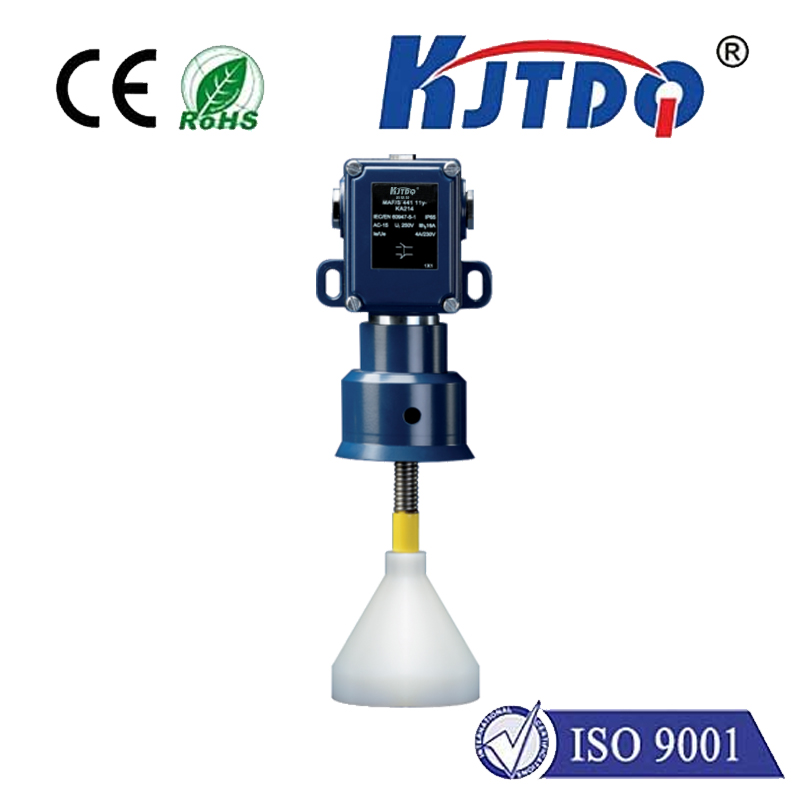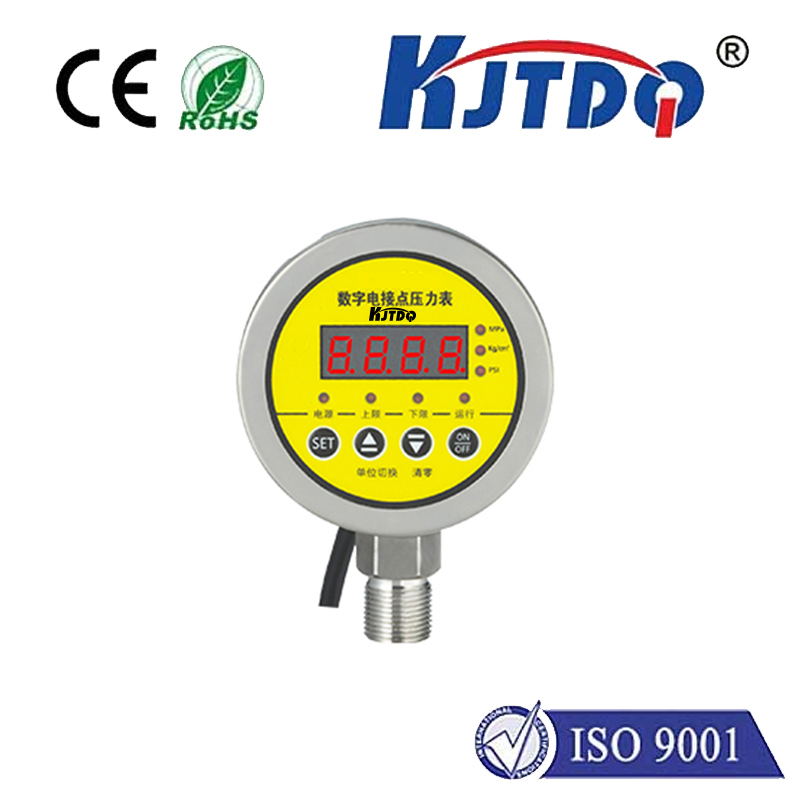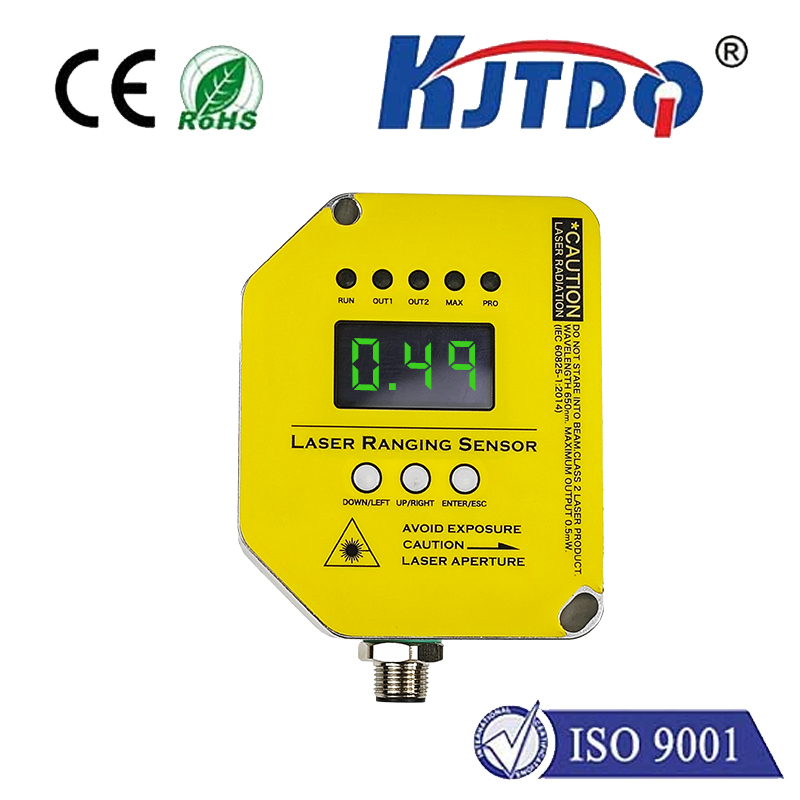photoelectric proximity switch
- time:2025-07-26 03:49:37
- Click:0
Photoelectric Proximity Switches: The Complete Guide to Non-Contact Detection
Imagine an assembly line humming with activity, components whizzing by at blinding speed. How does the machinery know when a part is perfectly positioned for the next operation? Or how does a sophisticated packaging system count thousands of identical items flawlessly every hour? The answer often lies in an unsung hero of industrial automation: the photoelectric proximity switch. This clever device provides reliable, non-contact detection, forming an invisible backbone in countless systems demanding precision and efficiency. Understanding how they work and where they excel is key to optimizing modern processes.
The Core Principle: Light as the Messenger
At its heart, a photoelectric proximity switch operates on a beautifully simple principle: it uses light to detect the presence or absence of an object. Unlike mechanical switches requiring physical contact or traditional proximity sensors relying on electromagnetic fields, photoelectrics work at a distance – hence “proximity” – using an emitted light beam.
The system comprises two fundamental components:

- Emitter: Generates a focused beam of light (commonly visible red, infrared, or laser).
- Receiver: Detects the emitted light beam.
The switch’s state changes based on what happens to this light beam. An object entering the detection zone either interrupts the light path (blocking it from the receiver) or reflects the light beam back towards the receiver. The receiver’s electronics interpret this change in light intensity (or its absence) and trigger an output signal – typically a digital ON/OFF electrical signal suitable for PLCs (Programmable Logic Controllers), counters, or other control systems.
Why Choose Photoelectric Detection? Key Advantages
Opting for a photoelectric proximity switch offers distinct benefits in many scenarios:
- True Non-Contact Operation: The sensor never touches the object. This eliminates wear and tear on both the sensor and the target, ideal for delicate items or high-speed applications where friction is undesirable. It also means no mechanical force is applied to the object being sensed.
- Long Sensing Ranges: Compared to many inductive or capacitive proximity sensors, photoelectric switches offer significantly longer detection distances. Ranges vary greatly by type (discussed next) but can extend from centimeters up to several meters.
- Versatility in Target Detection: Photoelectrics can detect virtually any solid object regardless of material – metal, plastic, wood, glass, liquid levels, cardboard boxes, or irregularly shaped items. This material independence is a massive advantage over sensors limited to conductive or magnetic targets.
- Fast Response Times: Light travels exceedingly fast! These switches react incredibly quickly to changes in the light beam, capable of detecting objects moving at very high speeds, making them perfect for high-throughput counting or positioning tasks.
- Precision Detection: The focused beam, especially in laser types, allows for the detection of very small objects or precise position verification.
Exploring the Three Main Modes of Operation
Not all photoelectric proximity switches work the same way. They are primarily categorized based on how the light beam travels between emitter and receiver:
- Through-Beam (Opposed Mode):
- How it Works: The emitter and receiver are housed in separate units, positioned directly opposite each other. The emitter sends a constant light beam to the receiver. Detection occurs when an object interrupts this beam.
- Key Features: Longest possible sensing range (often meters). Highest immunity to ambient light or surface characteristics of the target object. Very reliable.
- Challenge: Requires mounting components on two sides, which can be less convenient than single-unit sensors. Alignment is critical.
- Best For: Long-range detection, high-precision positioning, dirty environments (if lenses are kept clean), detecting objects regardless of color/shine.
- Retro-Reflective (Reflex Mode):
- How it Works: The emitter and receiver are housed in a single unit. A special retroreflector (a prism or tape designed to reflect light directly back to its source) is placed opposite the sensor. The sensor emits light towards the reflector, which bounces it straight back to the receiver. Detection occurs when an object interrupts this reflected beam.
- Key Features: Simpler installation than through-beam, needing only wiring on one side (power/control to the sensor unit, reflector is passive). Good sensing ranges (less than through-beam but longer than diffuse). Generally cost-effective.
- Challenge: The target object itself must not be highly reflective like the retroreflector, or it might fool the sensor. Retroreflector alignment is still important.
- Best For: Medium-range applications where mounting is only feasible on one side. Detecting non-shiny, opaque objects. Conveyor belt presence detection, pallet positioning.
- Diffuse (Proximity Mode):
- How it Works: The emitter and receiver are housed in a single unit. The sensor emits light, and detection relies on the diffuse reflection of that light off the surface of the target object itself. If enough reflected light returns to the receiver, the object is detected.
- Key Features: Simplest installation – only the sensor itself is mounted near the detection zone; no separate reflector or separate receiver unit is needed. Compact design.
- Challenges: Sensing range is generally the shortest of the three types and is highly dependent on the target object’s color, surface texture, and reflectivity. Dark, matte, or non-reflective surfaces are harder to detect consistently at longer ranges. Background suppression (BGS) technology is often used in diffuse sensors to improve performance by focusing on a specific sensing distance and ignoring more distant background reflections.
- Best For: Short-range detection where simplicity and single-point mounting are key. Detecting objects on conveyors, bin level detection (if material is reflective enough), object counting where targets are reasonably close and consistent.
Where Photoelectric Proximity Switches Shine: Applications
The versatility of the photoelectric proximity switch makes it indispensable across numerous sectors:
- Industrial Automation & Manufacturing: Detecting parts on assembly lines, verifying correct placement, counting products, monitoring fill levels in bins/hoppers, controlling robotic arms, detecting labels or tabs, verifying machine guarding positions.
- Packaging & Material Handling: Bottle/can presence detection on filling lines, carton erector verification, box counting on conveyors, pallet positioning, stack height control, detecting jams.
- Food & Beverage: Level sensing in tanks/silos (using specialized hygienic models), detecting lids on jars or bottles, verifying filled cups/containers, controlling conveyor sorting.
- Automotive: Verifying component installation on assembly robots, detecting vehicles through gates or on wash lines, ensuring safety guards are closed before machine start.
- Printing & Paper: Detecting paper breaks, verifying sheet feed, monitoring roll diameter, controlling web guiding systems.
- Security: Intrusion detection systems using invisible infrared light beams, monitoring door or gate positions.
Selecting and Implementing for Success
Choosing the right photoelectric proximity switch involves considering several factors:
- Detection Mode: Through-beam for long-range/reliability, Retro-reflective for medium-range/easy mounting, Diffuse for close-range/simple setup (be mindful of target properties). Background Suppression (BGS) diffuse sensors offer enhanced performance against challenging backgrounds.
- Sensing Range: Choose a sensor with an adequate range plus some margin for your specific application distance.
- Target Properties: Size, shape, color, material, and surface finish dramatically impact diffuse and retro-reflective sensor choice. Transparent objects often require specialized sensors (e.g., polarized retro-reflective).
- Environment: Consider ambient temperature, humidity, dust, dirt, chemical exposure, and ambient light levels (sunlight or bright factory lights). Look for sensors












